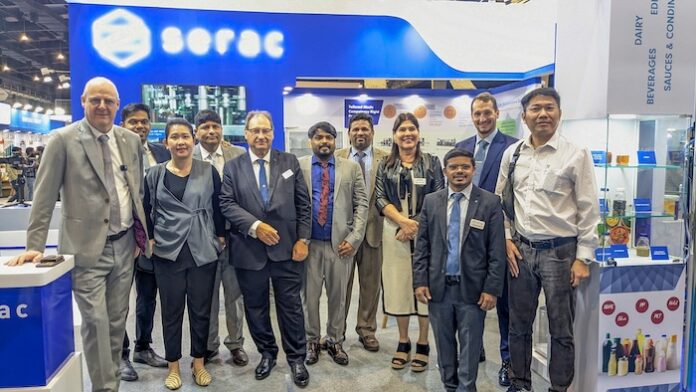At ProPak India 2025 in Delhi-NCR this September, Serac, a global provider of liquid packaging solutions, highlighted its capabilities and vision for the Indian market.
Speaking at the company’s stand, Paul Heskens, managing director, Asia Pacific, Serac, said, “At this exhibition, our focus was mainly on the dairy industry and edible oil segment. We see a steady flow of visitors with interesting projects. There is a clear demand in India for cost-effective packaging line solutions that can be customized to meet customers’ specific needs. And that is our challenge – to tailor our solutions and deliver value.”
Heskens was optimistic about the Indian market and emphasized that India remains a growth market, driven by a rising middle class and growing demand for convenience goods.
“The Indian market is definitely growing. The middle class is expanding, and that means supermarket shelves are seeing greater demand for convenience-oriented packaged goods. That’s what drives our business,” he explained.
At the same time, he acknowledged that India is a price-sensitive market. Customers expect high-quality solutions but at a cost that matches their budgets. This balancing act between advanced technology and affordability remains a key consideration for Serac in India.
“It’s important for us as a company to ensure that our equipment is sold at a price that is acceptable to the market, while still maintaining the quality and standards that Serac is known for,” he added.
Looking ahead, Serac has clear plans to expand its footprint in India and across the Asia-Pacific region. The company is focused not only on commercial growth but also on strengthening its local presence through sourcing and assembly.
“We are expanding more and more in the Asia-Pacific region, and India is a very important market within that. From a CSR perspective, we want to resource more locally—bringing intellectual property from France or our headquarters and assembling machines closer to the customer. This ensures better quality control, faster service, and greater alignment with the local market,” Heskens explained.
One of the key points Heskens highlighted was the need for Indian producers to shift their perspective on investment. While cost is often the first concern for many businesses, he suggested that long-term operating costs are equally important.
“For many Indian producers, price sensitivity comes first. However, the first question should be, what is the real need of the customer? Once that is clear, then comes the discussion on price,” he said.
He explained that too much focus on capital expenditure (CapEx) can be misleading if operating expenditure (OpEx) is ignored. “CapEx is an investment, but it is the running costs afterward that make a line successful. Producers need to balance both. That balance is essential for building a sustainable and efficient operation,” Heskens noted.












